Last Update: 20 July 2007
Astrolumina ALccd5 (QHY5) CMOS Camera (Colour and Monochrome)
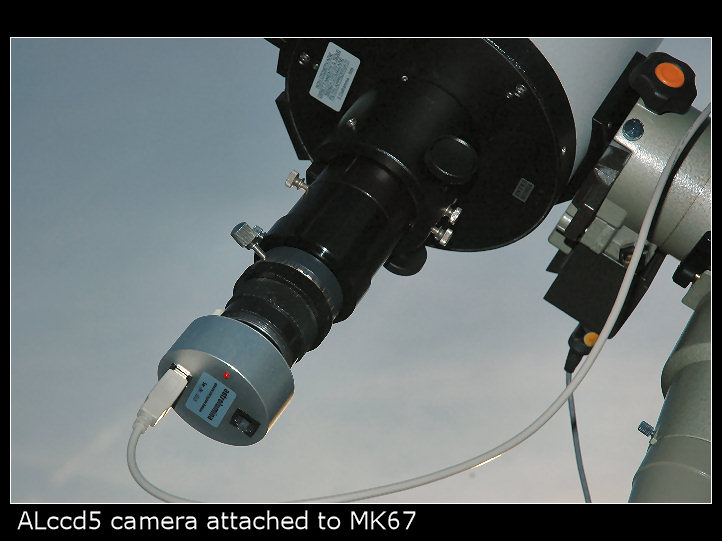
The ALccd5 camera mounted to my MK67 150/1800mm telescope
Recently, which has been by end of April 2007, I have been looking for some upgrade of my modified webcam the Philips 740 ToUcam. On the market were at that time (and now at the time of writing) the Firewire DMK cameras and I found this camera ALCCD5/QHY5. I decided for the ALccd5, which is China-made by an astronomy enthousiast, because of the large chip size. I ordered the monochrome camera, but this was not available. Until this could be delivered, I had the colour mode camera, which I returned, after the monochrome version arrived.
Image of the ALccd5 which has a T2 thread AND a filter thread.
Here are some data of the MICRON MT9M001:
- Array Format (5:4): 1,280H x 1,024V (1,310,720 active pixels). Total (incl. dark pixels): 1,312H x 1,048V (1,374,976 pixels)
- Pixel Size and Type: 5.2µm x 5.2µm active-pixel photodiode-type
- Responsivity (green pixels): 1.8 V/lux-sec with source illumination at 550nm
- Frame Rate: 30 fps progressive scan; programmable
- Temporal Noise: 10e
- Shutter: Electronic rolling shutter (ERS)
Microscopic image I made of the chip. My Job is working with microelectronics ...
Discussions went high about the rolling shutter - Once understanding the principle (see here: Wikipedia Rolling Shutter) I do not see any problems because of the high speed all this happens.P.S. I have been informed recently that the camera software I am using (ALVideo and CCDCap by Tom v.d. Eede) does not use the "rolling shutter mode".
I have made first images through my Nighthawk 80/480mm refractor and my MK67 (Venus and Jupiter). I must say I am positively surprised.
The only negative about my camera are the numerous hotpixel all over the frame, which already appear at speed of 100ms.
As you will see further down, the monochome version of the camera produces a lot less noise.
A last thing I will check is the the performance at lower temperatures in our climatic box.
Something has to be done about the software ... for example images still appear horizontally flipped.
That neat little thing is NOT cheap, but seems to be worth the "buck" or EURO or whatever.
I purchased the camera from Astrolumina.
ALccd5 Monochrome Camera
Testchart images
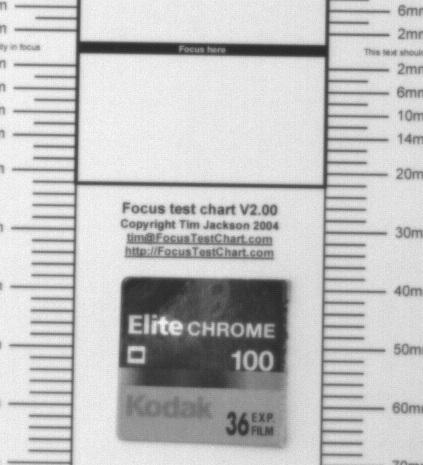
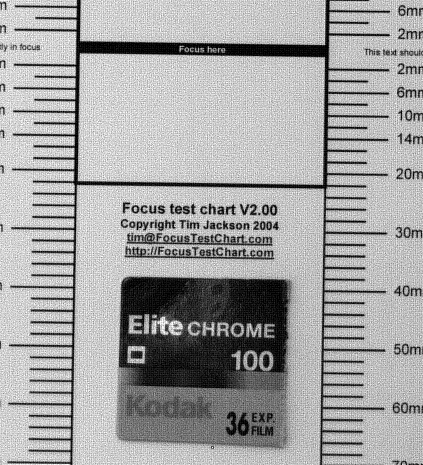
Left/upper: Testchart image unmodified - taken with Astroart 3.0; Right/Lower: slightly sharpened image: a raster is visible now.
Distance Testchart: 240cm
Optics: 50mm f1.7 at f8
Exposure Time: 27ms
Gain setting: 60%
Noise
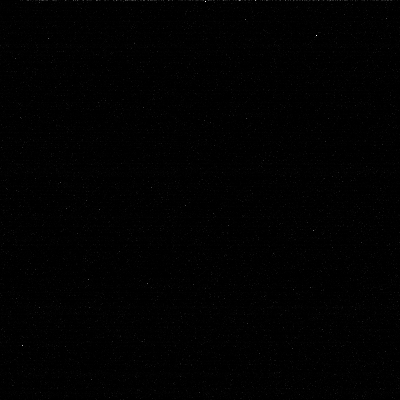
Darknoise of the ALccd5 monochrome camera. Settings were the same as done with the colour camera. (Exposure time = 1sec;Ambient Temperature T=25°C; Gain = 100%).
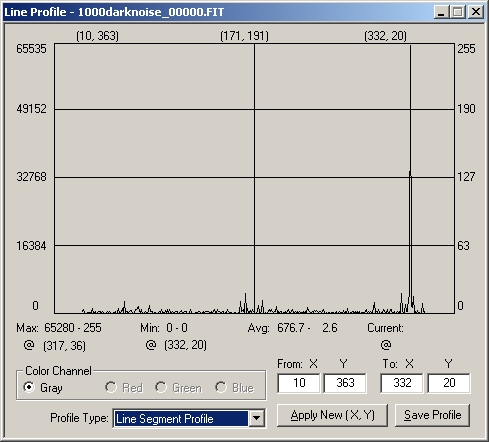
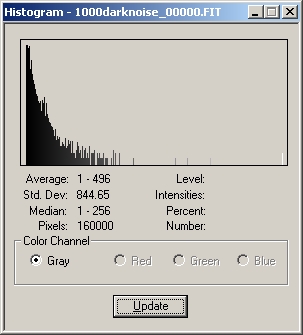
The lineprofile and the histogram showing less noise than the colour version.
Long exposures
Let us see, what can be the longest time for exposure. CMOS chips are VERY noisy. I checked the camera for 10s, 30s and 60s.
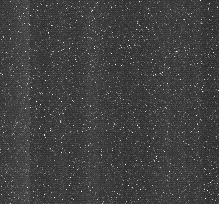 |
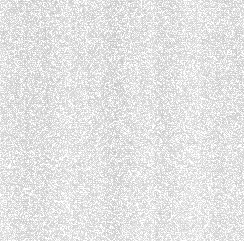 |
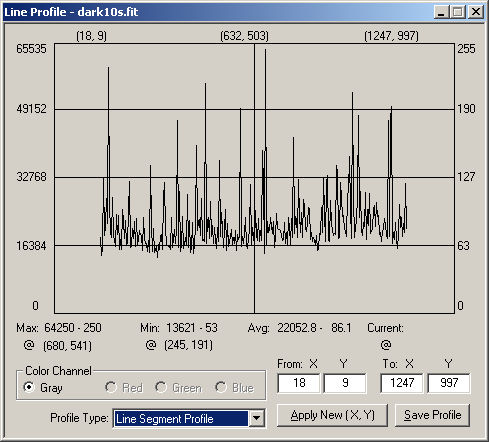 |
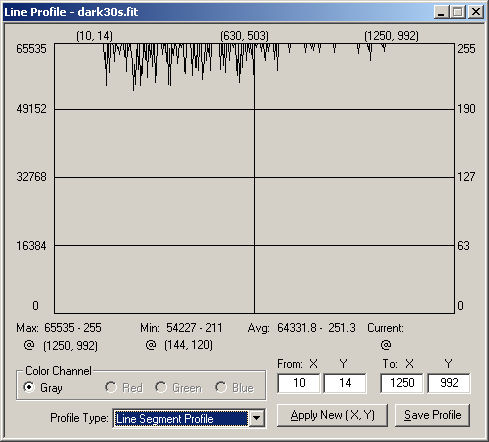 |
| Exposure time: 10s / 80% Gain | Exposure time: 30s / 80% Gain |
As you easily see from the table, it may be useful to exposure up to 10s, but above this, noise is becoming too strong. The images were taken with Astroart 3.0.
Raster
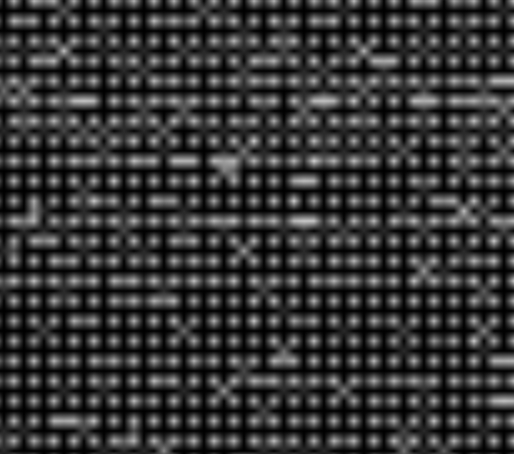
By increasing the contrast a raster is becoming visible, which is shown here at factor 10 magnification. This is a small portion of a 1 second dark frame.
WHAT IS THIS ???
ALccd5 Colour Mode Camera
AVI File
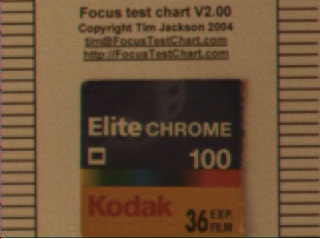
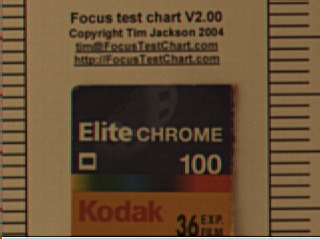
TestChart image at 100% of original size (JPG)
AVI File single image (left/upper); AVI File combination 100 images (right/lower) (It is the same image !)
Distance Testchart: 240cm
Optics: 50mm f1.7 at f8
Exposure Time: 18ms
Gain setting: 80%
BMP saved File
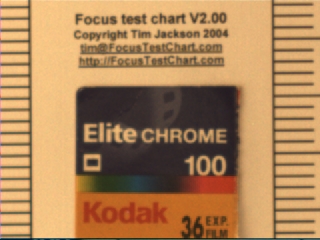
TestChart image at 100% of original size (JPG)
Full size BMP File single image (left/upper); Same flipped and converted (right/lower)
Distance Testchart: 240cm
Optics: 50mm f1.7 at f8
Exposure Time: 150ms
Gain setting: 30%
ALccd5 colour compared to ToUcam
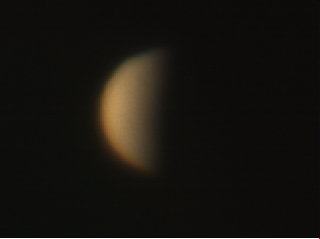
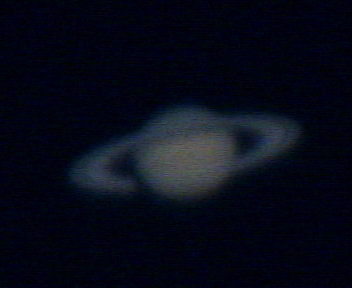
Original single images BMP taken from AVI file.
Left/upper: ALccd5 / Venus || Right/Lower: ToUcam Pro in NonRAW optimized colour mode
If you zoom into the ToUcam image you will find it very strange ...
JPG
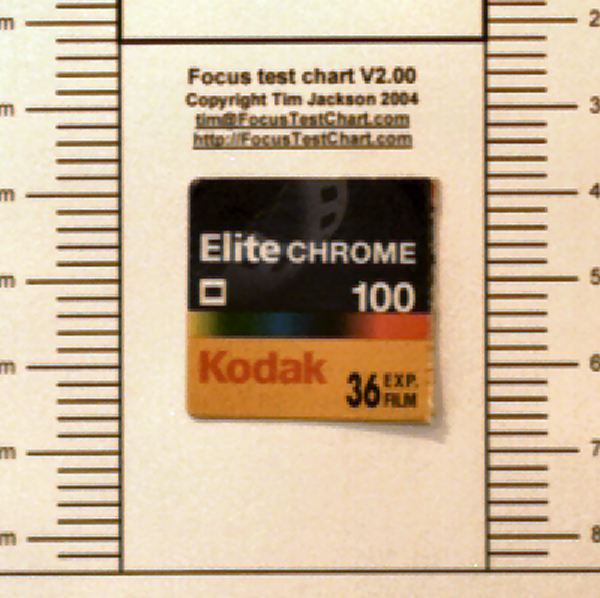
TestChart image saved with JPG Format at 150% of original size
Distance Testchart: 240cm
Optics: 50mm f1.7 at f8
Exposure Time: 150ms
Gain setting: 40 %
automatic colour correction
BMP format save looked almost the same
TIF
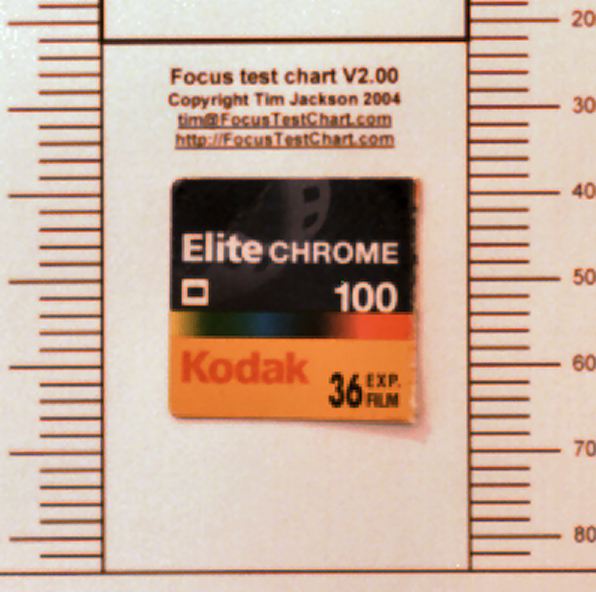
TestChart image saved with TIF Format at 150% of original size
Distance Testchart: 240cm
Optics: 50mm f1.7 at f8
Exposure Time: 150ms
Gain setting: 40 %
automatic colour correction
1 sec Darkframe at 100% Gain
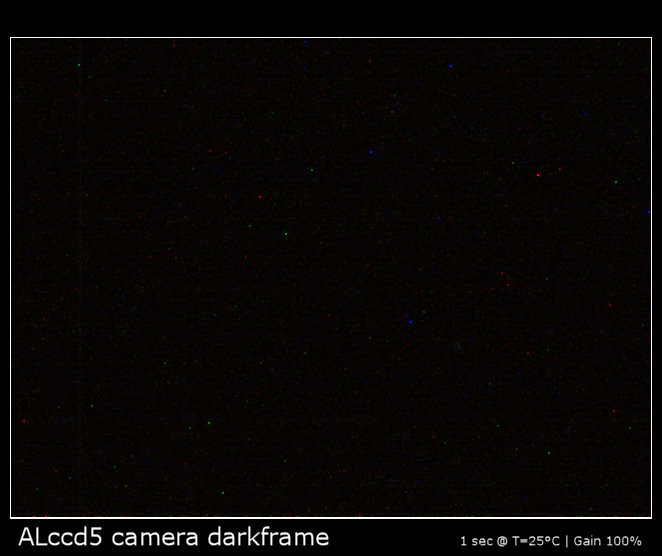
Darkframe stored as JPG
A number of coloured hotspots is visible, but I do not think they are a too big issue.

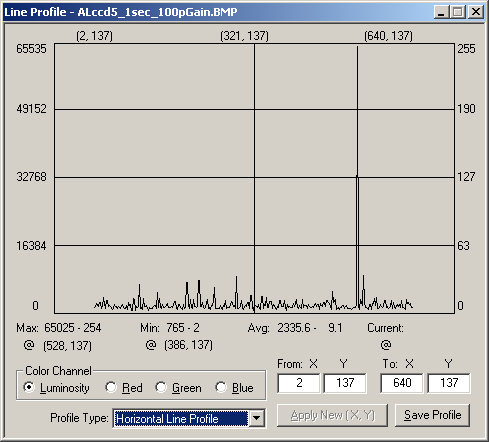
The Histogram and the Lineprofile, which I put through a stuck pixel show the noise present in the above dark frame.
For a CMOS device this is amazing low.